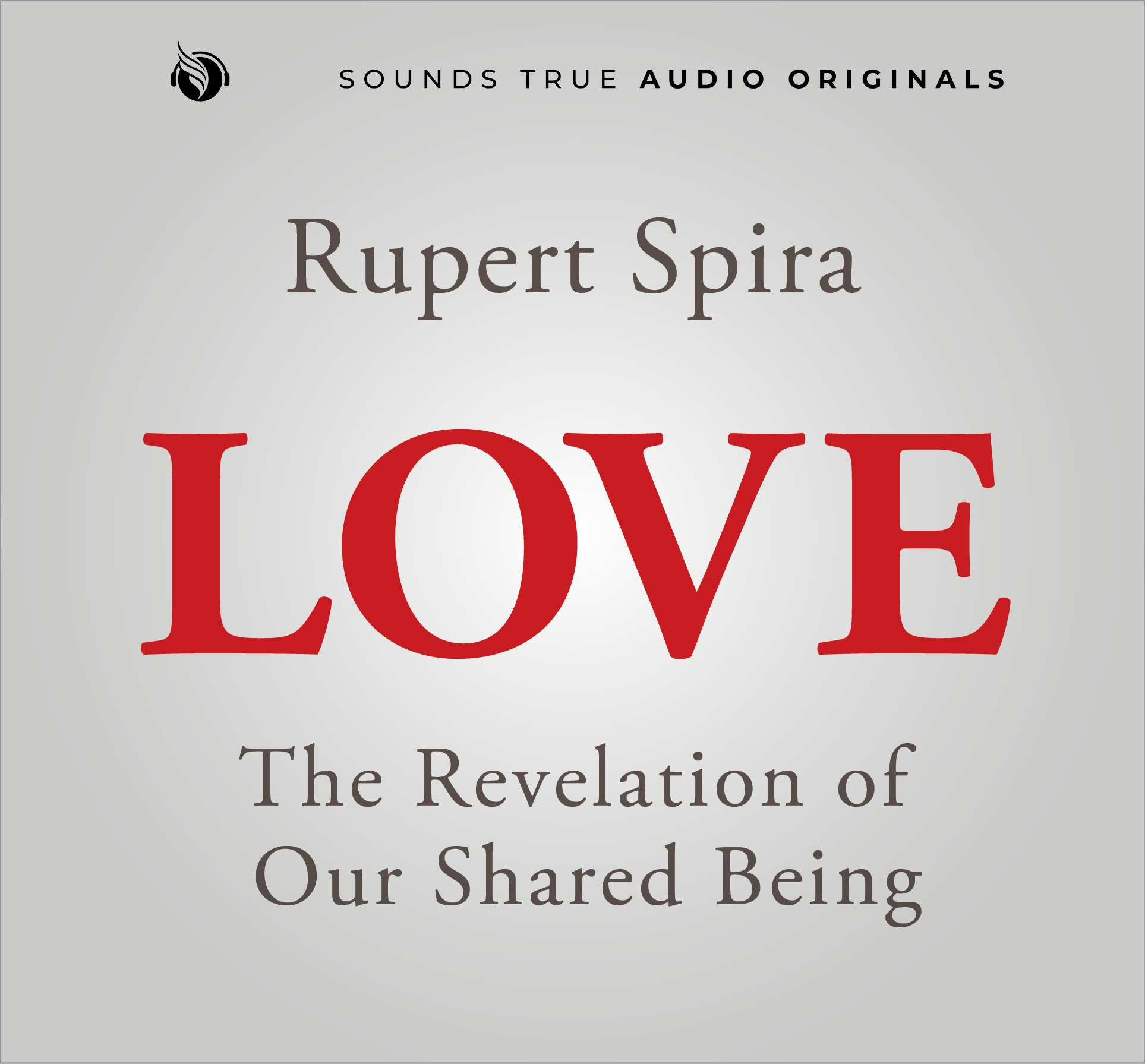Release Your Traumas with This Forgiveness Practice

The “horizontal axis” of the soul is where we have stored many lessons and a great deal of energy that remains trapped and stagnant. It is this trapped energy that feeds our internal “demons” and the behaviors that plague us so much. But it doesn’t have to be this way.
With a framework of self-care, qi gong, and mental awareness practice, we can delve into the “darkness” of the shadow and start the alchemical process in full force. Finding the “lead,” which we will turn into “gold,” is easy—we simply need to discover the things that bother us the most in any given day and start with them. It may be a reaction to our spouse’s dilly-dallying or maybe the behavior of a certain coworker. Whatever it is that upsets us, chances are it isn’t anything new to us.
We start to create the spin in the bolstered energy fields of our attachments, and in doing so, our fields take on other similar issues. They fall into families of issues by topic and class.
We start with what Alfred Korzybski called “the original event,” and then we keep branching out and expanding from there, moving further and further into levels of “abstraction.” We get further away from the essential truth of the original event, and we start to create storylines for ourselves to make it okay. The more this goes on, the more energy we pump into this artificial field. The more energy we put in, the more it seems utterly impossible for us to penetrate this mutated, powerful field and face the truth. We create monsters out of undesirable events and we feed them until they own us.
So, here’s the way out. First and foremost, we have to stop the bleeding. This requires awareness of these patterns and forgiveness in the moment. We should be constantly scanning to see what mess we’re about to get involved in and stop it right there. Once we get the hang of it, we invariably find that we’re about to go down a very familiar road with a given subject. This is where the attention of the shen (the energy center housed in the heart) comes in. We have detected a given behavior or karmic action from an old theme, and we have recognized that we are about to go into some old trance behavior. What can we do?
We must first acknowledge this behavior and then, focusing on our heart, we must immediately go into forgiving whomever, whatever, and however anyone was involved. Far from the polarity consciousness of our reactive mind, the heart holds our personal connection with the primordial Tao. It is our true state of being, prior to the separation of yin and yang. Once we tap into this with the energy of forgiveness, we can hold it in our heart and consciously reclaim our power from this event or memory. We do this by understanding the fundamental split that took place in our mind and then pulling back the energy we deposited into the opposite pole.
For instance, say your father was abusive to you as a child and you are still harboring ill will toward him, even though he’s now a broken-down old man. The typical behavior you automatically default to when he calls is to get very short and cool with him. You could be out at the pool with the family having the perfect day, and then he calls. Your breath shortens, your pulse speeds up, and you are suddenly in a very different space. What’s the first thing to do? Recognize what it is that you’re doing right then. You are the one getting revved up, you are the one raising your blood pressure, and you are the one lowering your voice and going from smile to frown over this. So, what then? Stop it. Recognize the unconscious behavior and then stop it in that instant.
Now, yes, I understand that’s easier said than done, but that’s because there is such a massive charge around your relationship with your father. The energy is stored up like a balloon about to burst. But this is where you must change your typical behavior or else you’ll feed even more negative energy into your chapter of “father.” This is where you drop into your heart; forgive him for whatever he has done right there and then, and with the energy neutralized (in the moment), begin to see the pattern for what it is. Every time he comes up in your thought field, a whole slew of emotions race in and get you all fired up. But now, instead of channeling daggers into the aversion of your father, channel forgiveness to the man himself. Forgive him, forgive his behavior, forgive yourself, and forgive the situation. Thank him for the lessons he has given you and for the opportunity to be more loving. Understand that his behavior (whatever it was he did or still does) is a product of an imbalance. He was (is) acting out on his demons, and they, in turn, have infected you. Do not accept them! The only way you can get infected is if you buy into and then co-create that imbalanced energy yourself. A powerful thing to say in this instance is, “This is not my energy, these are not my demons, and I do not accept this into my field.”
Having withdrawn our energy from our typical patterns, we may now focus on the original split that created the charge around this field and apply our knowledge to actively target and mend that schism. Remember, all movement and life began with the split into yin and yang. Therefore, our polarization of the energy related to any given event is what gave it an initial charge and brought it to life. Our recognition of this allows us to withdraw our attention from this polarity and reunite the energy as a whole. We focus on the item in our mind’s eye and simply feel where we’ve been misdirecting all our energy. And remember, it’s our power, so it should be easy to find. Once we reclaim it, we can pull it back into our lower dantien (an energy center right below the navel) and then seal it in there mentally. From that point, we can watch the energy field of the original issue collapse, and then we can continue to forgive it until it is completely gone.
In the example of dealing with your dad, go back to the first time you recall him treating you that way and forgive that moment. Use the mental practice to trace around the timeline and clean and clear with forgiveness. You should be able to heal any particular issue within one to three times of following this practice. The more you pay attention and the more focused you remain, the quicker it’ll be done. If you catch yourself leaking more energy into the shadow when you think about a subject, simply trace your way back to the root of it again. Like the pull of gravity, follow the cord of energy flow back to the original event and confront it there. This is the quickest way to heal these attachments. They don’t want to live in the shadow; all discordant energy wants to return to the Source. Think of it like a homecoming—pull all your fragmented pieces back into yourself.
Excerpted from Inner Alchemy: The Urban Monk’s Guide to Happiness, Health, and Vitality by Pedram Shojai.
—————————————————————————————————————-
Pedram Shojai is a New York Times bestselling author, accomplished physician, Qi Gong master, and former Taoist monk. Perhaps best known as the Urban Monk, Shojai is a dynamic teacher who’s helped thousands of people create more time, energy, and passion with modern hacks for well-being. He is the author of the bestselling book The Urban Monk and is the creator of the Urban Monk Academy, podcast, and Mastermind program. His DVD series, The Alchemy of Qi Gong, received acclaim at the COVR awards. Shojai is currently involved in a number of philanthropic causes that revolve around public health, fair trade, and education. For more, visit theurbanmonk.com.
Buy your copy of Inner Alchemy at your favorite bookseller!
Sounds True | Amazon | Barnes & Noble | Indiebound

Love: The Shining of Being in Every Heart: A Message from Rupert Spira
Being is the shared element in all people, animals and things. Just as there is one universal physical space that pervades all individual buildings without being limited to them, likewise there is just one unlimited being from which everyone and everything borrows its apparent existence.
Just as the space in a room is not contained within its walls but is an apparent limitation of universal space, likewise the individual being that each of us seems to be is not contained within or generated by the body but is an apparent limitation of the one infinite being.
Infinite being is felt by each of us as the amness of our self. This feeling of ‘I am-ness’ is infinite being shining in each of our finite minds. Just as universal space seems to acquire the limitations of the four walls within which it seems to be contained, but in fact always remains the universal space,likewise infinite being – God’s being – seems to acquire the limitations of the body within which it seems to be housed, without ever actually ceasing to be infinite being. The apparent mixture of infinite being plus the content of experience seems to create a temporary finite being, a separate self or ego.
As a concession to the separate self or ego that we seem to be, most spiritual teachings give us something to do to become enlightened. This is like giving the space of a room a practice in order to become universal space. But the space needs no liberation, for it was never bound. The space inside is always and already identical to the space outside.
Likewise, our self needs no liberation or enlightenment. If we go deeply into the simple experience of being, we find no limit there – it is already infinite, already free. While thoughts, memories, feelings, sensations and so on have limits, these limitations do not pertain to our being.
Even to say being is mixed with experience isn’t quite right. Just as space remains unmixed with the walls that seem to contain it and the objects that it seems to contain, our being is never really mixed with experience. It always shines in its original condition: untarnished, unmixed, unlimited, unmodified. Inherently free and at peace.
Infinite being needs no enlightenment or spiritual practice. So, for whom are the teachings and the innumerable practices that have been elaborated in the various religious and spiritual traditions? For the temporary, finite separate self we seem to be. They are, as such, compassionate concessions –legitimate ones – but ones that ultimately perpetuate the illusion of a separate self. Therefore, the highest teaching is no teaching, no teacher, no effort, no practice – just the shining of being, the one being we all are.
Imagine that the vast physical space of the universe is conscious. If you were to ask the aware space in the room in which you are sitting about its nature, it may look at the walls around it and describe itself in terms of their limitations. And it would imagine that the space outside the walls was separate from it, and might engage in various efforts to know it or unite with it. But if instead it looked only at itself, it would recognize that it contained no inherent limitation. It would recognize that it is already the vast space of the universe. All its efforts would cease with that recognition.
Similarly, our apparently finite being, seemingly located in and bound by the body, looks beyond its limitations at the vast universe and ponders the nature of its reality. It may even engage in great efforts to know that or unite with it. But all we need do is look closely, to taste the nature of our own being. If we do so, we find no limitation there – our being finds no limitation in itself. Our being is already the one infinite being, the only being there is – in religious terms, God’s being. There is just that, just this.
This utter absence of anything other than itself – this absence of otherness, separation, duality – is the experience we know as love. Love is, as such, the shining of infinite being in each of our hearts. It is the taste of God’s being in us, as us.

Rupert Spira discovered Rumi’s poetry at age fifteen, sparking a lifelong journey to understand the nature of being. He studied Advaita with Dr. Francis Roles, explored Sufism, and drew inspiration from Krishnamurti, Ramana Maharshi, and Nisargadatta Maharaj. He also pursued an interest in ceramics, training with British pioneers before opening his own studio. Meeting teacher Francis Lucille in the 1990s deepened Rupert’s understanding, integrating the teachings of Advaita and Kashmir Shaivism. Rupert holds regular in-person retreats, as well as online retreats and webinars. For more, see rupertspira.com.

Learn More
Amazon | Sounds True
9 Ways to Build Your Village
You and I aren’t likely to experience what it’s like to raise children in an actual village, like many mothers who have come before us. But that’s okay.
Practice You: A Personal Message from Elena Brower
Dear friends,

You’ve been practicing you, your entire life. You have always been the author of your own experience. My new book, Practice You, is a journal, filled with over 150 pages to draw, write, and dream. It’s an invitation to become the author of a sacred text of your own design, an opportunity to write a personal field guide to your highest self.
Practice You contains a series of Explorations, one for each of the nine aspects of your being. Each Exploration begins with a meditation, a chance to contemplate from a new vantage point. Today I’ll share the Embody meditation with you, from the “I Am” Exploration that opens the book.
Begin by taking a moment to sit and get grounded. Place your hands on your thighs, palms down, and begin breathing, deeply and slowly. Sense the weight of your seat, and let your spine rise tall. Feel yourself embodied, present, and steady.
- How do you define yourself?
- What are the words you’d use to describe your current attitude about your life right now?
- What’s the most visceral, urgent need you have right now in order to feel alive, happy, and at home in yourself?

With gratitude,

P.S. Look for me on Sounds True Facebook, Instagram, and Twitter on Tuesday, September 26—we’ll be giving away copies of Practice You & much more!
Live from the Wake Up Festival!
Dear friends,
We’ve arrived in Estes Park and are preparing the ground for this year’s Wake Up Festival! We get started in just a few hours with an opening ceremony where we’ll be welcoming a few hundred friends from around the world who will be participating in one of our pre-Festival workshops. The main Festival begins on Wednesday which will feature a concert with Snatam Kaur. As a reminder, we’ll be live streaming Snatam’s concert at no cost for those of you who would like to tune in! We’re expecting upwards of 1000 people to share in the Festival with us, and are so happy to be in this field with you all!
This year’s pre-Festival workshops, which we’re quite excited about, include:
Into the Heart of Chanting with Snatam Kaur
Qigong Empowerment – Awaken the 4 Golden Wheels with Robert Peng
Energy Medicine: A Hands-On Experience with Donna Eden and David Feinstein
The Deepest Acceptance: Discovering an Effortless “Yes” to Life with Jeff Foster
Journey with No End: Writing and Spiritual Growth with Mark Nepo
Experiencing the Shamanic Journey: A Direct Path of Revelation with Sandra Ingerman
Leaving you here with a photo live from Wake Up central… sending our love to all our friends around the world.

Mothering and Daughtering: Keeping Your Bond Strong Through the Teen Years
Mothers and daughters share, and want, a bond for life—one that can remain positive and grow stronger with each passing year. Sil and Eliza Reynolds have designed a set of tools to assist you in nurturing that bond. If you’re locked in a clash of wills or fear the prospect of getting into one, with Mothering and Daughtering you can learn how to build the foundation for a deep and lasting relationship that is a source of support, joy, and love throughout your lives.
Offering you two breakthrough guides in one, Mothering and Daughtering was created to help you find and protect the unique treasure that is your relationship. For moms, Sil addresses the central task of stopping the cycle of separation and anxiety that plagues so many, drawing on her clinical expertise to nurture the skills of listening, boundary setting, mirroring, containing, and more. Turn the book over, and Eliza shares empowering advice to teens looking to keep it real with Mom while also finding strength in their own intuition, friendships, and dreams.
Enjoy this short video presentation from Sil and Eliza on their work and groundbreaking new book.




